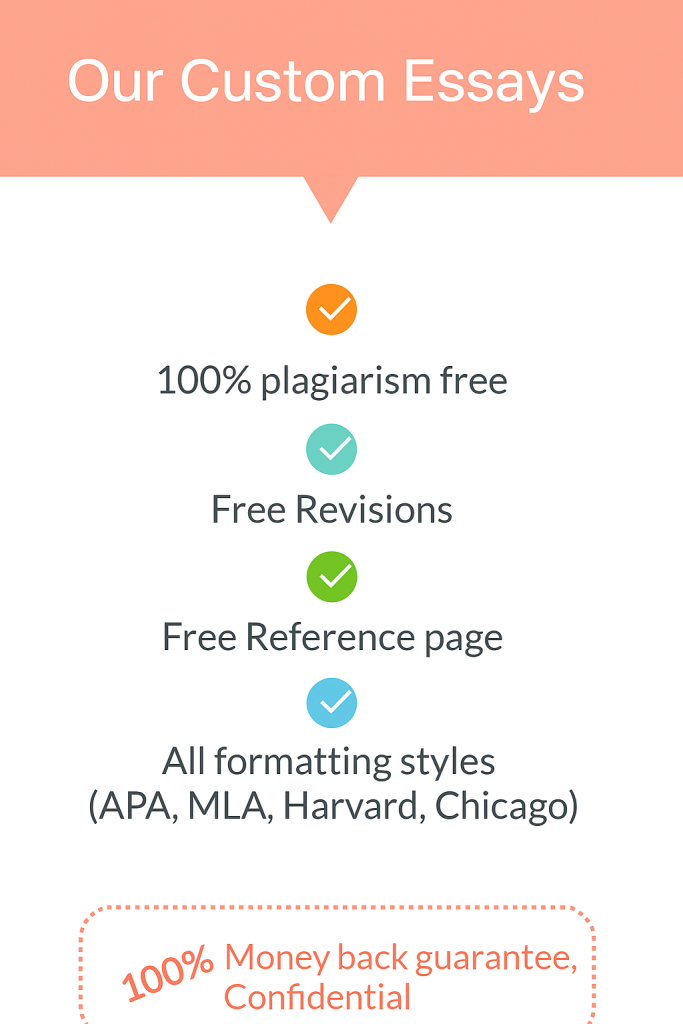Persuasive Essay
A persuasive essay is a type of argumentative text, and the author of such an essay is trying to encourage the reader to have a certain opinion or perform a particular activity. It uses logic, emotion, and credibility to back up a point and dispute other points of view. It is similar to an argumentative essay, but the persuasive essay is strongly focused on appeals (pathos) and conviction.

In addition, this type of essay is regularly used in high school and college classrooms, in student writing, in marketing and PR courses, and in editorial columns and opinion pieces (Vasylyshyna & Gura, 2024). The art of sitting down and planning the format of the persuasive essay is an essential skill set for any student or an essay writer.
Elements of Persuasive Essay
Student essays should have a logical order, and they must support the argument well by using the following:
- Introduction: The introduction will have an attention-getting hook, i.e. a statistic, a question or an emotional anecdote. The thesis statement pinpoints exactly the stand the writer is on and gives a general feel to the remaining part of the essay.
- Body Paragraphs: A persuasive essay has three to four paragraphs in its body. Both of them must pay attention to a single important cause of the thesis. A good structure entails a sentence with a statement of the topic, supportive Evidence (facts, data, examples, opinions of the experts), an explanation of why the evidence backs the argument, and rebuttals and counterarguments to reinforce belief.
- Conclusion: The conclusion paraphrases the theme and emphasizes the significance of the topic. It can be closed with a call to action, a request to the reader to think, feel or act differently. This is the last opportunity for a writer to make his impression.
Writing an Effective Persuasive Essay Tips
A persuasive essay is not simply a matter of presenting opinions; it is a matter of tactical thinking and rhetorical sense. Vasylyshyna and Gura (2024) explain that this is the way in which students and essay writers can compose interesting persuasive writing:
- Know Your Audience: Who is your audience? This will also be instrumental in identifying ways of producing arguments that appeal to the values and beliefs of your readers, a facility that is possible with an understanding of the values and beliefs of your readers.
- Create the Sense of Credibility (Ethos): The selection of your source, use of language and tone must show credibility to the audience. Quote credible sources and have a competent but authoritative voice.
- Appeal to Logical Reasoning (Logos): Logic is used to support good arguments. Offer facts, statistics and clear arguments to prove your argument.
- Pathos: Pathos persuades. To get your audience truly interested in the issue, tell a true life story or use some graphic language to achieve this effect.
- Rebuttals: An excellent persuasive paper brings up rebuttals to opposing ideas. Consider the opinion of the other party with respect, and then state why your opinion is more valid.
- Remain focused and Organized: Employ transition to help ensure the flow and continuity among paragraphs. The argument should then be taken by each point successively.
- Edit Ruthlessly: The essay meant to persuade must be compressed and powerful. Eliminate duplicates, shun irrelevant thoughts, and refine the language by making it clear and forceful.
The Wrap Up
The argumentative essay writing is a mid-way between the reason and sentiments. Students developing their academic voice or authors influencing the mass opinion, learning this form of an essay will unlock the key to effective communication. To succeed, bear in mind that the art of persuasion is not so much about possessing the right argument as getting it across clearly, credibly, and with authority. Any time that is something, whether it be a policy change, defense of belief, or promotion of ideas, your words will create thought and can.

